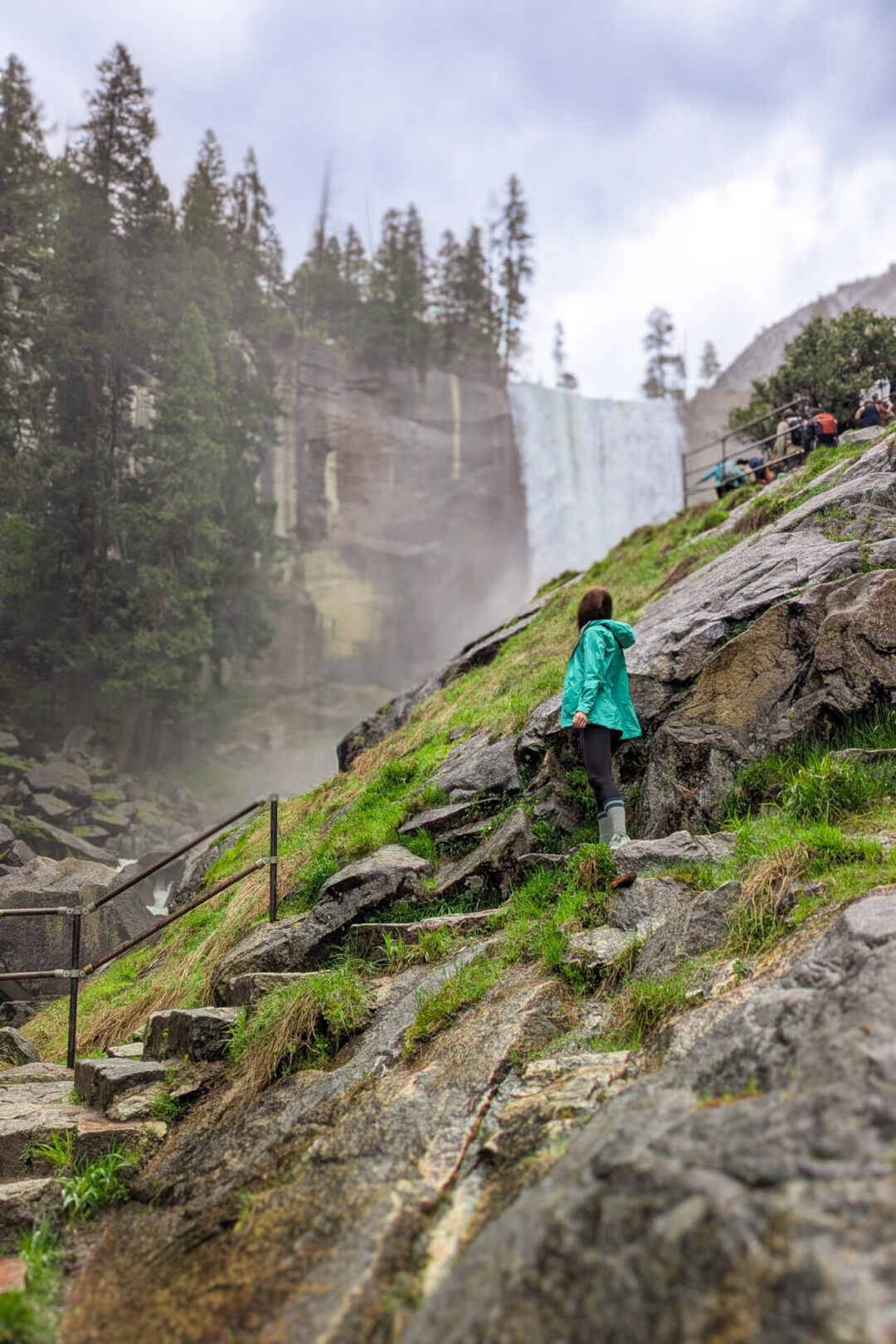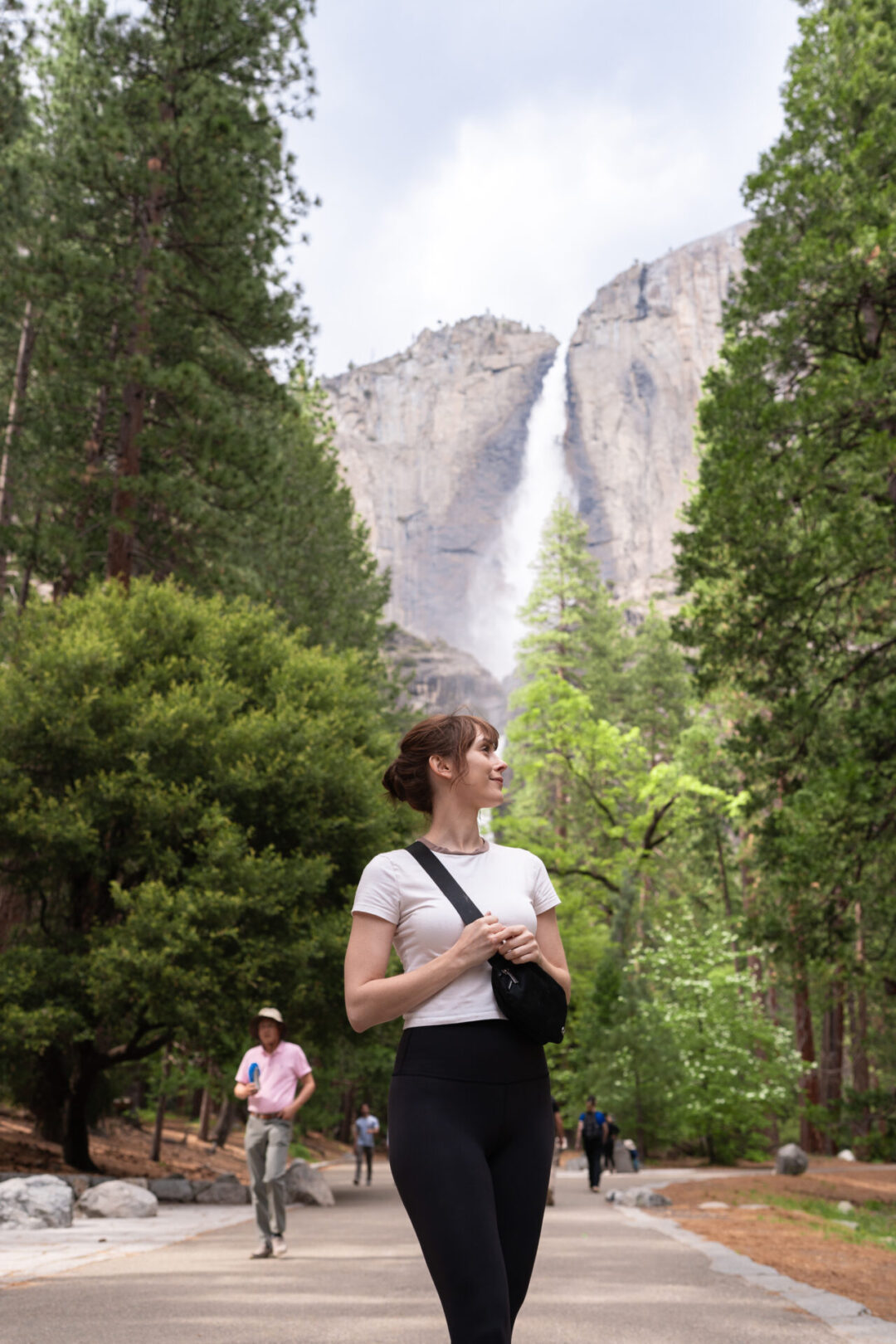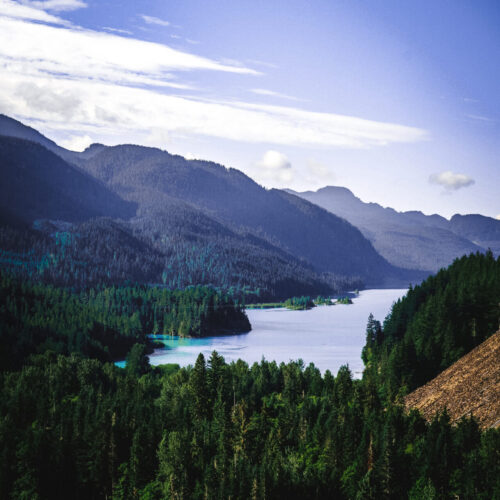Everything You Need To Know About Visiting Yosemite National Park (Late Spring – Fall)
Everything You Need To Know About Visiting Yosemite National Park (Late Spring – Fall)
Middle school isn’t usually a time in your life when you look back and think, “Wow, that was fun”. And the same is largely true for me… with a few notable exceptions. One thing I always fondly remember were the extended class field trips! In 6th grade, that meant a week at science camp. And in 7th grade, Yosemite.
But my class trip to Yosemite wasn’t something you could just sign up for. You had to earn it. I studied everything from how to pitch a tent to identifying flora and fauna by Latin name. There were lessons on trail safety, maps, local geology, you name it. And after all that? We had to pass a multi-day readiness assessment (including a fitness test!) before we were cleared to go.
Thankfully, visiting Yosemite as an adult is a lot less intense. But if it’s your first time heading into the park (especially between May and November) there are still a few key things to know. So read on and I’ll walk you through the practical highlights: from what to pack to little tips that make a big difference once you’re in the Valley. Let’s get you prepped for visiting Yosemite National Park(no exam required)!
Check Road Conditions

Check road conditions at nps.gov/yose or by calling 209-372-0200 (press 1, then 1). Glacier Point, Tioga Pass, and Mariposa Grove roads can open/close unpredictably. Tioga was closed during our visit, despite what Google was showing!
Dress in Layers


Even in peak summer, mornings can start chilly (think 40s-50s°F) before quickly warming up. Layers were my best friend in the park, especially in the evenings around our hotel when we’d hop from the hot tub to the game room! Start with a base layer, add a light fleece or down jacket, and shed as the day warms.
Pack the Right Gear Based on Your Plans

A few key items can make your trip much more comfortable. Bug spray, sun protection, and plenty of water are must haves no matter what your plans are in the park. Don’t underestimate these! Hiking poles can be helpful on steeper trails like Upper Yosemite Falls or longer routes like the Panorama Trail or Four Mile Trail.
A waterproof jacket or poncho will come in handy on the Mist Trail (it’s beautiful, but you will get wet) or on rainy and windy days in the park. Hiking shoes with solid grip. The granite can be slick on the Mist Trail and on Half Dome.
An extra pair of socks is also such an underrated item to pack! I prefer a Merino Wool option if you have enough time to grab some in advance. Also, Depending on the time of year you are hiking, a dry pair of socks can save your feet from staying wet throughout the day. Or if it’s hot outside, having a new pair socks can protect sweaty feet from painful hiking blisters!
Arrive Early


For parking, quieter trails, and better photos, aim to be inside the park no later than 7:30-8AM, although even earlier is better. In summer especially, the parking lots fill fast and you’ll spend more time hunting for parking and shuttling around to where you want to go than hiking if you arrive too late.
Build in Extra Drive Time

If you’re staying outside the park (which many visitors like me do, but especially if you’re booked in Mariposa, Oakhurst, or Groveland), plan for an extra 30 minutes – 1 hour to drive back into Yosemite Valley each day. Between winding mountain roads, entrance lines, and general traffic, drive time adds up quickly.
Keep to the Speed Limit

I know how tempting it can be to speed on Yosemite’s open stretches, but the park is an active wildlife habitat. Bears, deer, and coyotes regularly cross the roads. Sadly, vehicle strikes are one of the leading causes of bear deaths in Yosemite (the National Park Service confirmed that 21 bears were hit by vehicles in Yosemite in 2024 alone!). Stick to posted limits, stay alert, and enjoy the drive.
Start at the Welcome Center



Make the Yosemite Valley Welcome Center your first stop. The rangers here are a goldmine of real-time information: trail closures, recent wildlife sightings, tips based on current conditions (and they’re genuinely happy to help). My partner and I make a point to start our trip by meeting with a park ranger every time we visit a national or state park. In Yosemite, they gave us some solid tips on bike rentals and which trails were the prettiest for that specific week! So if you’re debating between hikes or want to double check your plans, a quick stop here can make a big difference.
Take Advantage of Yosemite’s Free Shuttle System

Parking inside the Valley can be a headache, but the free Yosemite Valley Shuttle makes getting around much easier. There are two main shuttle loops:
- Green Line (Valleywide Shuttle): Covers most of the Valley’s main stops.
- Purple Line (East Valley Shuttle): Focuses on the eastern section of the Valley.
Secret Tip
If you’re thinking about visiting the historic Ahwahnee Hotel, skip the $15 valet fee and just take the Green Line to Stop 3. Additionally, consider renting a bike! It was easily the most fun activity I did on my last visit.
Expect Crowds (and know where they gather)



If you’re hoping to have Yosemite all to yourself… you unfortunately won’t. But that’s okay! Even in peak season, most of the park still feels magical. The one exception? Lower Yosemite Falls. This is easily the most crowded area of the park.
You’ll definitely see other visitors throughout Yosemite, but Lower Falls is where it really bunches up. There’s not really a way around it. it’s one of the easiest and most accessible views, so it draws big crowds. If you want a bit more solitude, plan your Lower Falls stop for earlier in the morning or in the late afternoon once the crowds thin a bit.
Bring Your Own Water and Snacks



While there are restaurants in Yosemite Village, Curry Village, and at a few of the hotels and other select spots throughout the park, options are limited once you’re out on the trails. Come prepared and pack snacks, water, and any essentials you’ll want for the day.
Secret Tip
Be sure to follow Leave No Trace principles around the park: pack out everything you pack in, including wrappers, food scraps, and any trash. Even small bits of litter can harm wildlife and the fragile ecosystem.
If you’re in need of spots to eat in the Valley, Degnan’s Kitchen and Village Grill are great for spontaneous meals in the Valley. Want snacks on-the-go? The Village Store has tons of takeaway options. Looking for cocktails or something a bit more upscale? Don’t miss The Ahwahnee’s Dining Room or Bar. And heading out of the Valley to the granite cliffs? The store at Glacier Point has some solid takeaway sandwiches, salads, and snacks.
Stick to Designated Trails and Campgrounds

Yosemite’s delicate ecosystems are easily damaged. Stick to marked trails and campgrounds to help protect wildflowers, sensitive meadows, and animal habitats. It’s one of the easiest ways you can help preserve the park for future visitors.
Keep Your Plans Flexible


Even in summer, nature calls the shots. Snowmelt, wildlife activity, trail repairs, or pop-up storms can close certain areas with little notice. And sometimes, even the Internet doesn’t have the answers (see my note above about Tioga Pass!). So have a rough plan, but also prepare to stay flexible.
 A Best Practice in Wellness: Lamego Hotel and Life Hotel Review
A Best Practice in Wellness: Lamego Hotel and Life Hotel Review 10 Last Minute Summer Getaways You Can Book Without Regrets
10 Last Minute Summer Getaways You Can Book Without Regrets A West Hollywood Walking Tour of the Harper Avenue Historic District
A West Hollywood Walking Tour of the Harper Avenue Historic District
